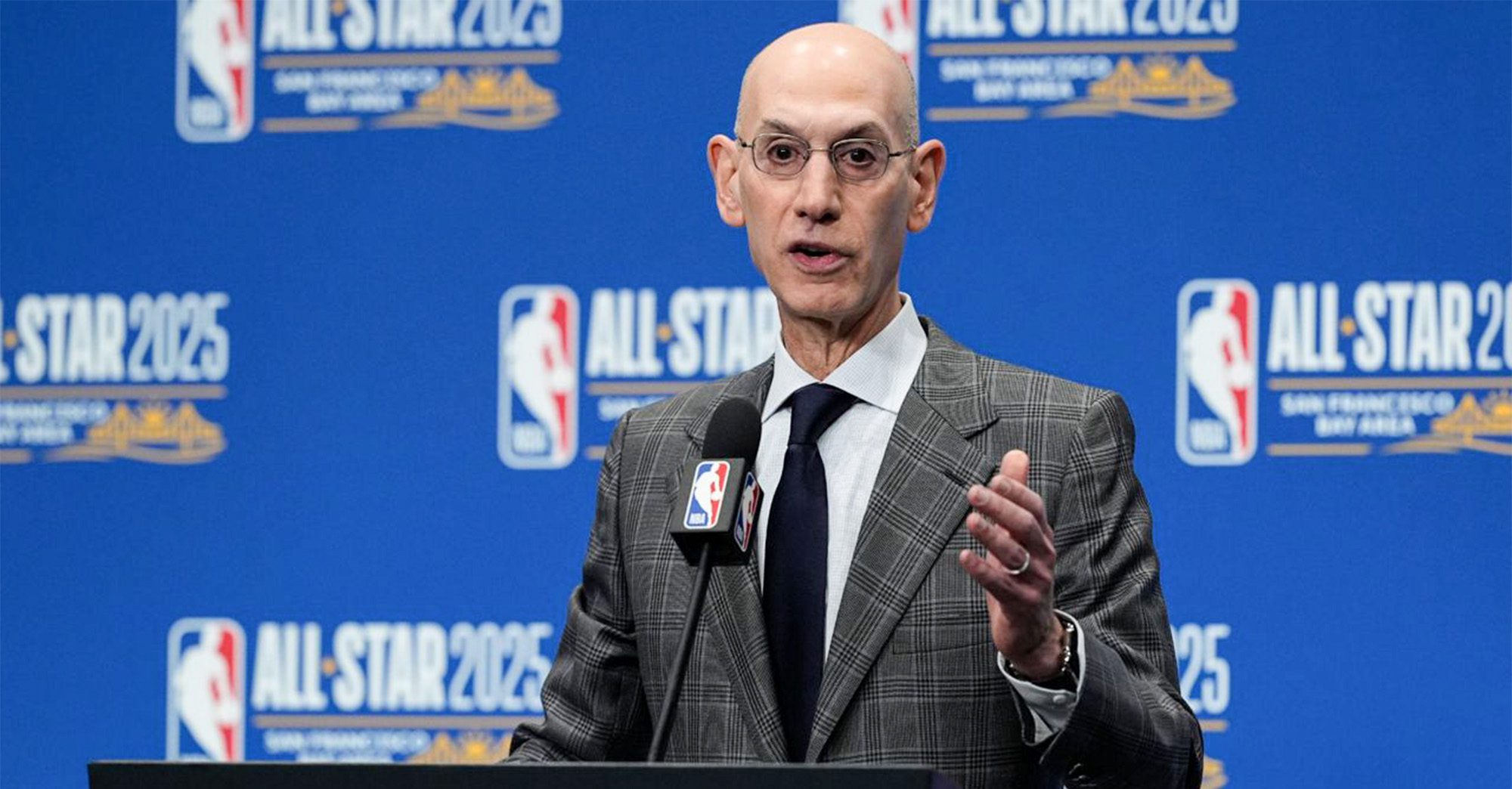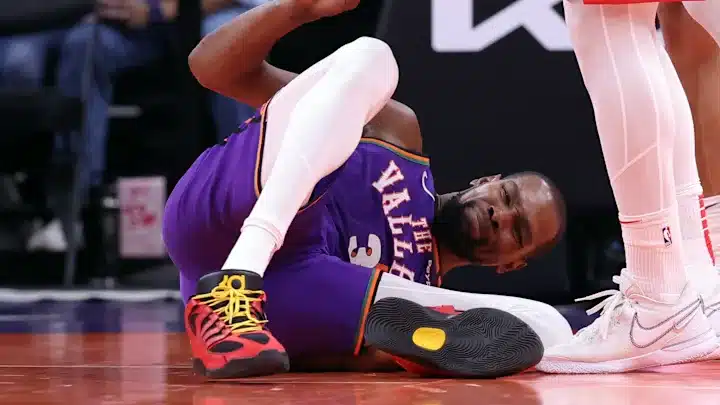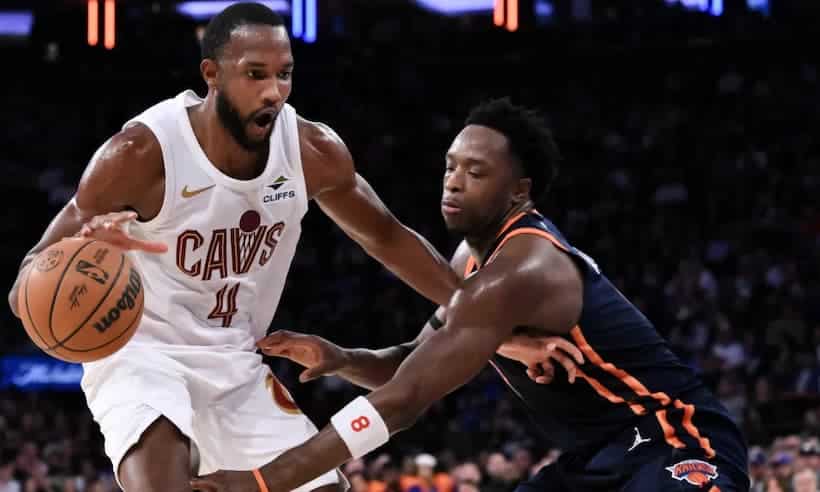The NBA has announced that the salary cap for the 2025-26 season will rise by 10%, marking a $14 million increase to $154.6 million, the highest in league history. This growth aligns with projections shared with teams last June and is the maximum allowed under the current collective bargaining agreement. In addition, the luxury tax will start at $187.9 million, with the first apron set at $195.9 million and the second apron at $207.8 million, representing an increase from this season’s figures.
The cap increase will impact how teams manage their rosters. The first and second aprons impose restrictions on teams exceeding these thresholds, such as preventing them from using the mid-level exception or completing certain trades. These limitations are designed to maintain parity across the league and prevent excessive spending. Additionally, a new salary floor of 90% of the cap, or approximately $139.1 million, will pressure teams to sign players and meet this threshold.
While the increase offers more flexibility, only a few teams are projected to have significant cap space. The Brooklyn Nets are expected to have $91.8 million in available cap room, with the Detroit Pistons ($24.6 million) and New Orleans Pelicans ($21.6 million) also having substantial space. However, many teams will not have more than $20 million to spend, limiting the potential for a blockbuster free-agent market. High-profile players like LeBron James, Kyrie Irving, and James Harden, who all have player options for next season, could become free agents, but their decisions will heavily influence the offseason.
While the increase in cap space provides opportunities for some teams, it also sets a challenging landscape for others, particularly those approaching the second apron. Teams like the Phoenix Suns, Milwaukee Bucks, Boston Celtics, and Minnesota Timberwolves are already in this upper tier, where exceeding the cap brings additional restrictions. As teams plan for the future, navigating the salary cap will be crucial for building competitive rosters.



